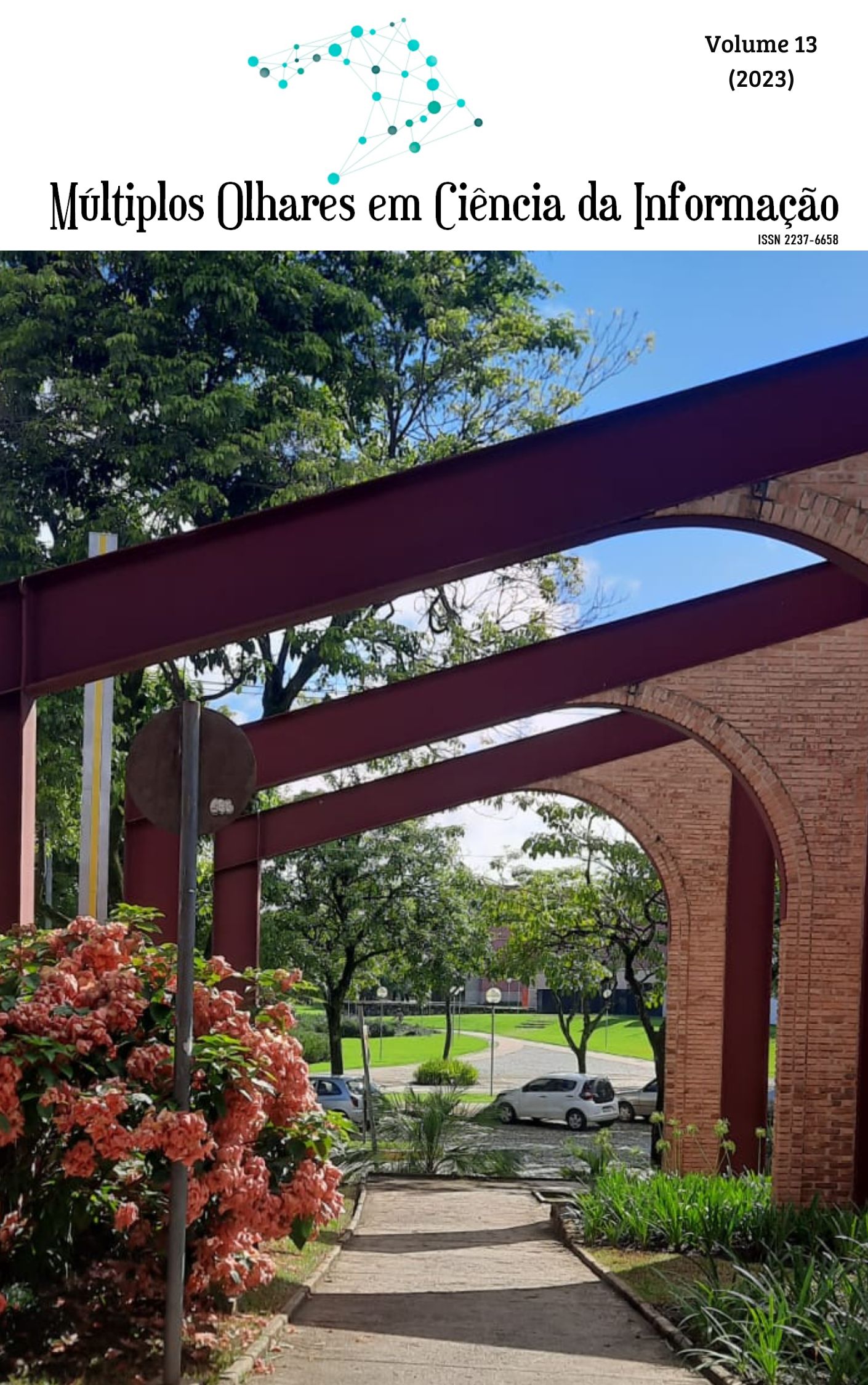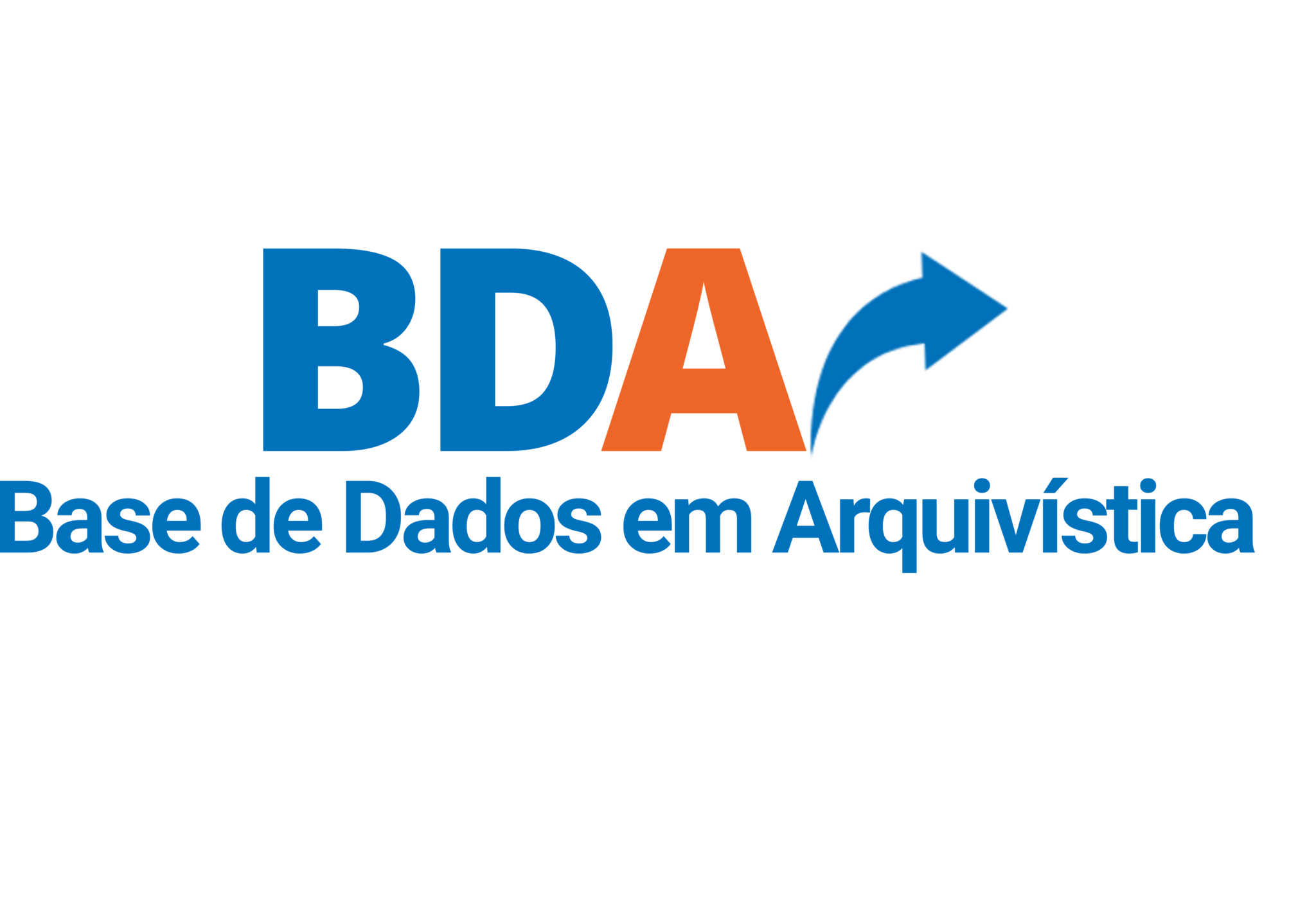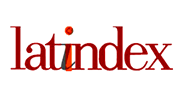IFLA LRM
characterization and systematic mapping of scientific production
DOI:
https://doi.org/10.35699/2237-6658.2023.41967Keywords:
Conceptual models, Cataloguing, FRBR, IFLA LRMAbstract
Current technological progress requires updates in the practice of cataloging, to meet the complex demands of users, especially in view of the growth of documents produced, organized, stored and accessed in digital media. In this context, the conceptual model of the entity-relationship type called FRBR - Functional requirements for the bibliographic record, and its extensions, FRAD - Functional requirements for authority data, and FRSAD - Functional requirements for subject authority data, is created. The conceptual model for bibliographic data IFLA LRM – Library Reference Model was developed to bring together and consolidate the FRBR and its extensions, and remove barriers to its implementation. This article intends to describe the models, especially the IFLA LRM, through its concepts and characteristics. Furthermore, it aims to present a systematic mapping of scientific production on the conceptual model IFLA LRM. The methodology consisted in the elaboration of a protocol to integrate the elements to be investigated, the instances that guided the research and the objectives to be achieved from each verified resource. The research demonstrated the involvement of authors from different countries in research on the subject, reflecting its relevance today.
Downloads
References
AMIRI, N.; et al. Analysis of IFLA Library Reference Model’s Entities and Attributes For Iranian Traditional Music Resources (Case study: Morq-e sahar Song). Human Information Interaction, v. 6, 2019. Disponível em: https://hii.khu.ac.ir/article-1-2898-en.html. Acesso em: 20 nov. 2022.
ARAKAKI, A. C. S. O modelo IFLA Library Reference Model e o linked data. Informação & Informação, v. 25, n. 3, p. 163-186, 2020. Disponível em: https://brapci.inf.br/index.php/res/v/149471 Acesso em: 15 out. 2022.
BIANCHINI, C. Remarks about the IFLA Library Reference Model. JLIS.it, v. 8, n. 3, set. 2017. Disponível em: https://www.jlis.it. Acesso em: 15 out. 2022.
BUDANOVIĆ, M.P.; ŽUMER, M. Prototype Cataloging Interface Based on the IFLA Library Reference Model (LRM). Part 1: Conceptual Design. Cataloging & Classification Quarterly, v. 59, 2021. Disponível em: https://doi.org/10.1080/01639374.2021.1974633. Acesso em: 18 nov. 2022.
BUFREM, L. S.; COSTA, F. D. O.; GABRIEL JUNIOR, R. F.; PINTO, J. S. P. Modelizando práticas para a socialização de informações: a construção de saberes no ensino superior. Perspectivas em Ciência da Informação, v. 15, n. 2, 2010. Disponível em: https://brapci.inf.br/index.php/res/v/35867. Acesso em: 15 out. 2022.
FARDEHOSSEINI, M. et al. Representing properties and relationships between entities of creative works in schema. org based on library reference model (lrm). Iranian Journal of Information Processing Management, v. 36, 2021. Disponível em: https://www.researchgate.net/publication/351614426_Representing_Properties_and_Relationships_between_Entities_of_Creative_Works_in_Schemaorg_Based_on_Library_Reference_Model_LRM. Acesso em: 20 nov. 2022.
FUSCO, E. Aplicação dos FRBR na modelagem de catálogos bibliográficos digitais. São Paulo: Cultura Acadêmica, 2011. (Coleção PROPG Digital - UNESP). ISBN 9788579832109. Disponível em: http://hdl.handle.net/11449/109186. Acesso em: 18 set. 2022.
GHANBARPOUR, A.; KAZERANI, M.; AKBARI, D.; SHEKOFTEH, M. Functionality of Persian Medical Thesaurus Database in Form of IRANMARC on the Basis of IFLA Library Reference Model (LRM). Disponível em: https://www.sid.ir/en/journal/sp.aspx?writer=698282. Acesso em: 15 out. 2022.
GHIRINGHELLI, L. Aggregates: definition and modelization. JLIS.it 11 (1), p. 164-174. jan. 2020. Disponível em: https://www-periodicos-capes-gov-br.ezl.periodicos.capes.gov.br/index.php/buscador-primo.html. Acesso em: 28 out. 2022.
IFLA. Declaração dos Princípios Internacionais de Catalogação (PIC). Haia: IFLA, 2016. Disponível em: https://www.ifla.org/wp-content/uploads/2019/05/assets/cataloguing/icp/icp_2016-pt.pdf. Acesso em: 18 set. 2022.
IFLA Study Group on the Functional Requirements for Bibliographic Records. Functional Requirements for Bibliographic Records: final report [printed text]. Munich: K. G, Saur. 1998. Disponível em: http://www.ifla.org/VII/sl3/frbr/frbr.pdf. Acesso em: 18 set. 2022.
MACHADO, R. S.; ZAFALON, Z. R. Catalogação: dos princípios e teorias ao RDA e IFLA LRM. João Pessoa: Editora UFPB, 2020. Disponível em: http://www.editora.ufpb.br. Acesso em: 22 set. 2022.
MERING, M. “IFLA Library Reference Model, RDA, and Serials in a Nutshell”. Serials Review, vol. 45, no. 1-2, 2019, p. 66-68, https://doi.org/10.1080/00987913.2019.1627691. Acesso em: 23 set. 2021.
OLIVEIRA, R. H. A. de; CASTRO, F. F. de. Contribuições do IFLA LRM para o RDA: uma revisão sistemática da literatura. Brazilian Journal of Information Science: Research trends, v. 16, 2022. Disponível em: https://revistas.marilia.unesp.br/index.php/bjis/article/download/13187/9942/48217. Acesso em: 20 nov. 2022.
OLIVEIRA, R. H. A.; CASTRO, F. F.; JESUS, A. F. O impacto do Modelo IFLA Library Reference Model (IFLA LRM) na prática catalográfica: casos de uso, vantagens e desvantagens. Em Questão, v. 27, n. online, n. 4, p. 359-386, 2021. Disponível em: https://brapci.inf.br/index.php/res/v/163302. Acesso em: 18 nov. 2022.
OLIVER, C. Introdução à RDA: um guia básico. Brasília, DF: Briquet de Lemos, 2011.
OLIVER, C. Introducing RDA: A Guide to the Basics after 3R. 2nd. ed. Chicago: ALA Editions, 2020.
PADRON, M. F.; CRUZ, F. W.; SILVA, J. R. F. Extending the IFLA Library Reference Model for a Brazilian popular music digital library. International Journal on Digital Libraries. [s. l.], v. 21, p. 289-306, jan. 2020. Disponível em: https://www-periodicos-capes-gov-br.ezl.periodicos.capes.gov.br/index.php/buscador-primo.html Acesso em: 15 out. 2022.
PICCO, P. El objeto de la catalogación en el marco de las FRBR y el nuevo código de catalogación. Encontros Bibli: revista eletrônica de biblioteconomia e ciência da informação, 2009. Disponível em: https://www.redalyc.org/articulo.oa?id=14712799009. Acesso em: 23 set. 2022.
Portal de Periódicos Capes. Acervo científico virtual, disponibiliza conteúdos nacionais e internacionais. Disponível em: https://www.periodicos.capes.gov.br/
Acesso em: 20 nov.. 2022.
RAŠMANE, A.; GOLDBERGA, A. The potential of IFLA LRM and RDA key entities for identification of entities in textual documents of cultural heritage: the RunA collection. Cataloging & Classification Quarterly, vol. 58, no. 8, 2020, p. 705-727. Disponível em: https://library.ifla.org/id/eprint/1762/ Acesso em: 20 out. 2022.
Scopus Info. Elsevier. Banco de dados de resumos e citações organizado por especialistas. Disponível em: https://www.scopus.com/ Acesso em: 15 nov. 2022.
STRADER, C. R. From User tasks to user services: placing the functional requirements for bibliographic records models into a larger framework. Technical Services Quarterly. [s. l.], v. 34, n. 4, p. 347-368, ago. 2017. Disponível em: https://brapci.inf.br/index.php/res/v/163302 Acesso em: 18 nov. 2022.
TEIXEIRA, M. V., et al. Practical analysis of the Resource Description and Access and Library Reference Model in Koha in the cataloging process. Informação & Sociedade: Estudos, v. 30, n. 3, 2020. Disponível em: https://revistas.marilia.unesp.br. Acesso em: 22 out. 2022.
VUKADIN, A.; ŠTEFANAC, T. Collection-level and item-level description in the digital environment: Alignment of conceptual models IFLA LRM and RiC-CM. Disponível em: https://www.bib.irb.hr/1163219. Acesso em: 18 nov. 2022.
ŽUMER, M. IFLA Library Reference Model (IFLA LRM): harmonisation of the FRBR Family. Knowledge Organization. [S. l.], v. 45, n. 4, p. 310-318, maio 2018. Disponível em: https://www.isko.org/cyclo/lrm. Acesso em: 22 out. 2022.
ŽUMER, M.; RIVA, P. IFLA LRM - Finally Here. International Conference on Dublin Core and Metadata Applications, 13–23, 2017. Disponível em: https://dcpapers.dublincore.org/pubs/article/view/3852. Acesso em: 22 out. 2022.
Downloads
Published
How to Cite
Issue
Section
License
Copyright (c) 2023 Norma Lucia Cardoso de Melo, Cíntia De Azevedo Lourenço

This work is licensed under a Creative Commons Attribution 4.0 International License.
Autores que publicam na Revista Múltiplos Olhares em Ciência da Informação mantêm os direitos autorais e concedem à revista o direito de primeira publicação, com o trabalho simultaneamente licenciado sob a Licença Creative Commons Attribution que permite o compartilhamento do trabalho com reconhecimento da autoria e publicação inicial nesta revista. Contratos adicionais poderão ser assumidos, separadamente, pelos autores, para distribuição não-exclusiva da versão do trabalho publicada nesta revista (exemplo: publicar em repositório institucional ou como capítulo de livro), com reconhecimento de autoria e publicação inicial nesta revista.









